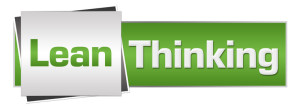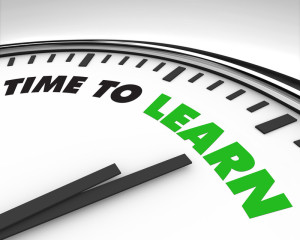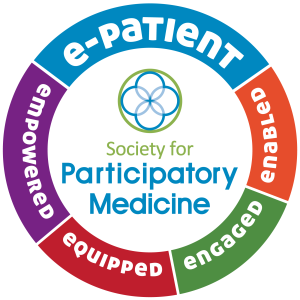It’s crunch time. Every day counts. Can’t miss a deadline. All hands-on deck. Go live readiness assessments (GLRA). If you work in health IT and have been through a major EHR implementation,  you’ve heard all these phrases.
you’ve heard all these phrases.
At the University of Vermont Health Network (UVMHN), the Epic Wave 1 go live is less than 5 months away. The University of Vermont Medical Center (UVMMC) has been on Epic for inpatient and ambulatory core clinicals for years. Wave 1 includes the full revenue cycle, lab and anatomic pathology, radiology, OR and anesthesia, cardiology, ophthalmology, orthopedics, behavioral health, rehab, wound care, infection control, and predictive analytics at UVMMC.
Wave 1 also includes the first Epic implementations at three Vermont and New York hospitals in the network starting with ambulatory systems for billing and clinical functions. Waves 2 (2020) and 3 (2021) will be the full suite of inpatient systems at those same hospitals – Central Vermont Medical Center in Berlin, Vermont; Porter Medical Center in Middlebury, Vermont; and Champlain Valley Physicians Hospital in Plattsburgh, New York. Yet to be scheduled are Elizabethtown Community Hospital in Elizabethtown, New York; Alice Hyde Medical Center in Malone, New York; and Home Health and Hospice.
The core infrastructure is largely in place to support the November 1st go live though we have more to do at the device level. Over 10,000 users will be trained in a 6-week period. The first GLRA at 120 days pre go-live is coming up soon.
When I saw Epic on the agenda for the UVMMC quarterly leadership meeting, I assumed it was a project status update. How wrong I was. Continue reading









